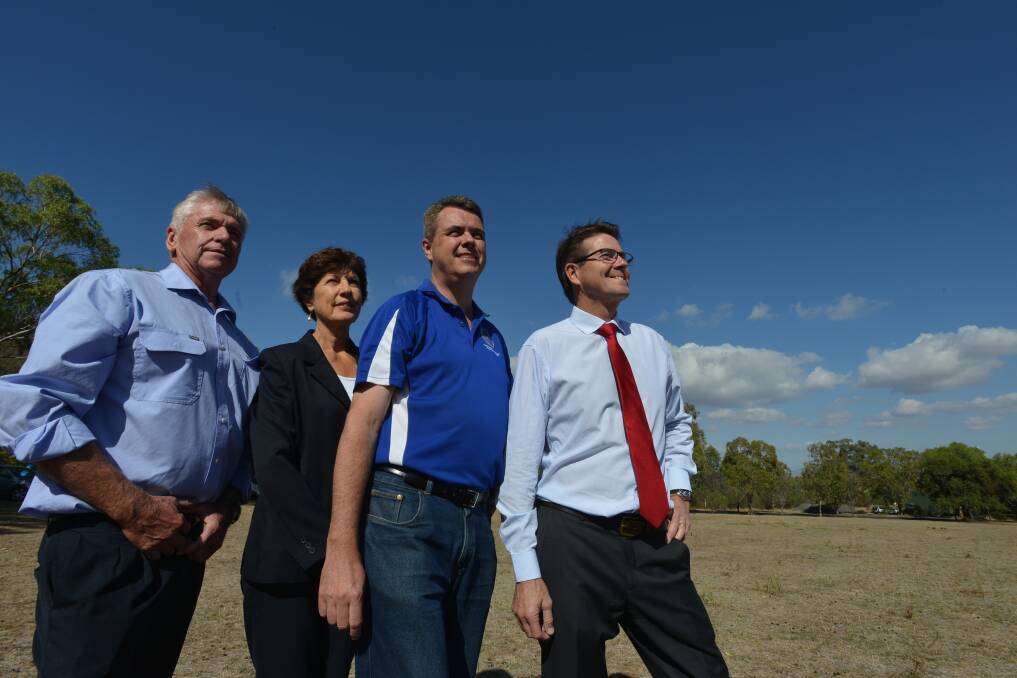
TAMWORTH is set to take its place among the stars of the nation’s interstellar map, with a $1.8 million observatory and science centre.
Subscribe now for unlimited access.
$0/
(min cost $0)
or signup to continue reading
The long-time plan of the Tamworth Regional Astronomy Club was finally made possible through state government funding, and will include a new observatory with a roll-off roof to house large telescopes, a second observatory to house a historical telescope, a planetarium and an education space for hands-on science programs.
Tamworth MP Kevin Anderson said the facility would attract thousands of star-grazing tourist.
“People travel to Iceland to see the Northern Lights or South Carolina to see a solar eclipse, now everyone can travel to Tamworth to see and learn about the incredible astronomical sites in regional NSW,” Mr Anderson said.
“When people visit our regional towns they stay in local accommodation, they buy from local shops, they visit local cafes and eateries, and enjoy local tourist attractions.”
Tamworth councillor and astronomy club member Phil Betts expects the facility to attract local, national and international visitors, while tapping in to the booming-education tourism market.
“This will link Tamworth into the broader astronomy field,” Cr Betts said.
“There is a 700-km array, which is a tourist trail that goes from Mount Stromlo near Canberra, right through to the Queensland border.”
RELATED ASTRONOMY ARTICLES
Tamworth Regional Astronomy Club president Leigh Tschirpig said the observatory would let everyone in the community “see the stars”.
“They’re right under our noses and they’re there every night, but a lot of people don’t know what they can see,” he said.
“The great thing about astronomy is it’s probably the only science where amateurs can still contribute valuable work that can have a profound impact on what we know about our place in the universe.
“There are so many positive in terms of education and tourism. Our skies are such a great asset to us here in the North West.”
Deputy mayor Helen Tickle said the next step was to establish a project team, who would finalise the design.
“Then the development application will be submitted to council and tenders will go out,” she said.
It’s hoped work will start within the next six months, with construction expected to take 12 to 18 months.


